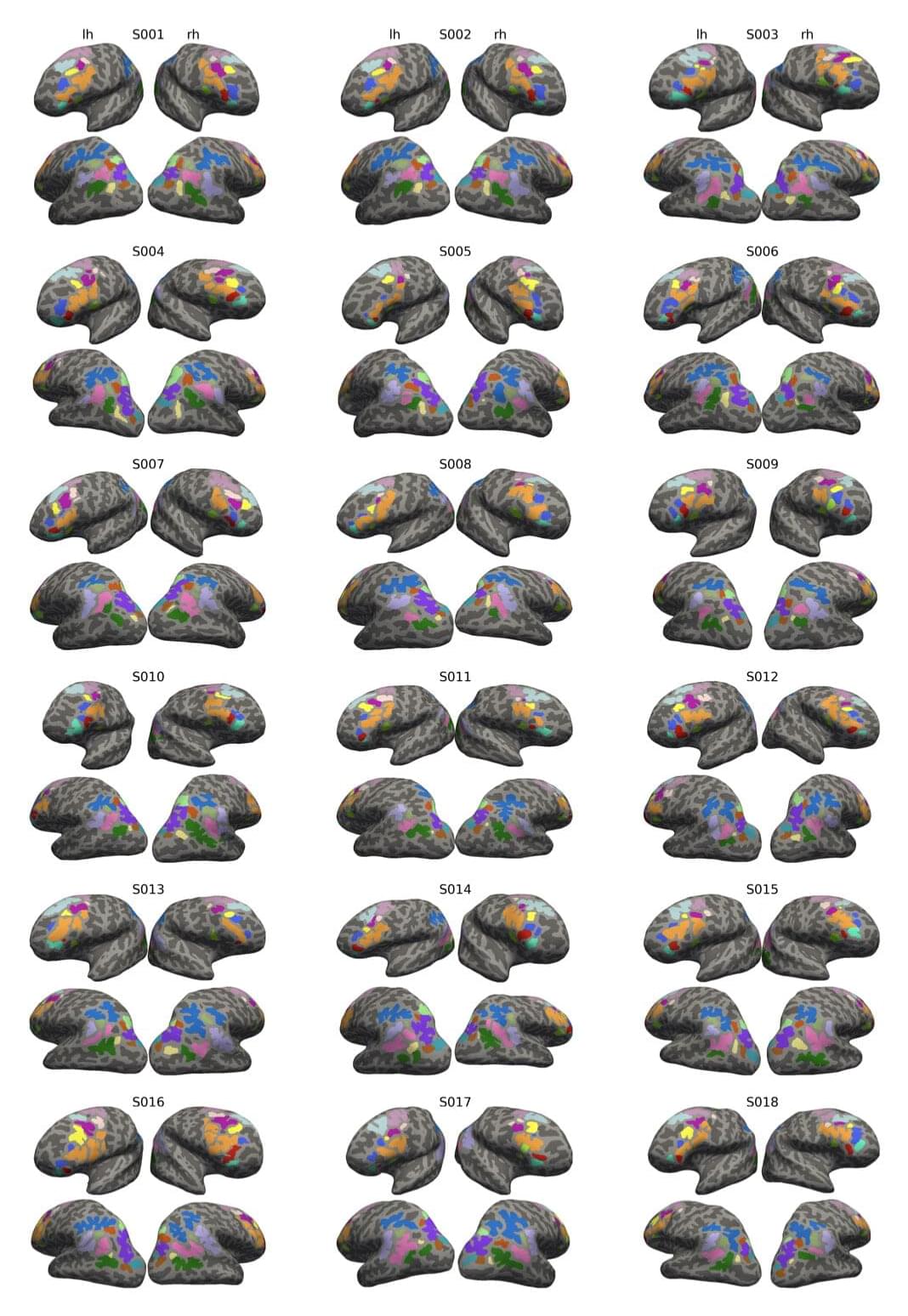Many grooves and dimples on the surface of the brain are unique to humans, but they’re often dismissed as an uninteresting consequence of packing an unusually large brain into a too-small skull.
But neuroscientists are finding that these folds are not mere artifacts, like the puffy folds you get when forcing a sleeping bag into a stuff sack. The depths of some of the smallest of these grooves seem to be linked to increased interconnectedness in the brain and better reasoning ability.
In a study published in The Journal of Neuroscience, University of California, Berkeley researchers show that in children and adolescents, the depths of some small grooves are correlated with increased connectivity between regions of the brain—the lateral prefrontal cortex and lateral parietal cortex—involved in reasoning and other high-level cognitive functions.
